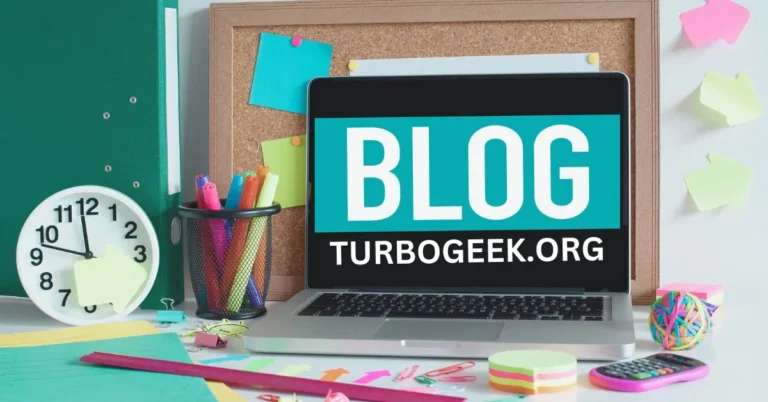The Joy of Laughter: Unpacking “Joyous Laughter” in The New York Times Crossword
Laughter is often hailed as the best medicine, a universal language that connects us all, no matter our differences. It transcends cultural and linguistic barriers, offering a shared experience of happiness. In The New York Times crossword puzzle, the clue “Joyous laughter” has piqued the curiosity of many solvers. But what lies beneath this seemingly simple phrase? How does The New York Times treat the concept of joyous laughter, and what does it mean in the broader context of our lives?
This article explores the nature of joyous laughter, its significance, and how it is portrayed and examined through the lens of The New York Times crossword. Let’s dive into this intriguing concept, unpacking its many layers to uncover the deeper meanings and emotional impact laughter can have.
The Puzzle
Crossword puzzles have always been a captivating way to engage with language, culture, and even emotions. The New York Times, known for its intricate and often thought-provoking puzzles, has a unique way of weaving clues that challenge solvers’ knowledge and creativity. When the clue “Joyous laughter” appears, it is more than just a call to recall a specific word. It invites solvers to think about laughter not merely as a physical act, but as an emotional response that speaks to a moment of pure joy.
For crossword enthusiasts, such a clue offers a chance to reflect on the significance of laughter in their own lives. The answer, of course, depends on the number of letters in the solution, but the idea behind the clue stretches far beyond the grid itself. It nudges us to remember how laughter can make us feel lighter, more connected, and ready to embrace the world around us with a renewed sense of optimism.
Laughter as a Universal Connector
Joyous laughter, as referenced in the crossword, is not just about the sound it produces but about the emotional and social connections it fosters. Laughter, in its most joyous form, has the remarkable ability to bring people together, no matter their age, background, or circumstances. It’s a universal connector that unites us across distances, making us feel as though we are part of something greater than ourselves.
In the world of The New York Times crossword, clues like “Joyous laughter” highlight the importance of shared experiences. They remind solvers of the moments in life that make us smile, chuckle, or even laugh out loud—moments of pure joy that are often experienced in the company of others. Whether it’s a funny joke with a friend, a comedic scene in a movie, or simply a moment of spontaneous fun, joyous laughter is a reminder of the simple pleasures that unite us all.
The Science Behind Laughter
Laughter is often considered an involuntary response, triggered by something amusing or a feeling of happiness. But beyond its surface-level effects, laughter has profound psychological and physical benefits. The science behind laughter reveals just how much it contributes to our overall well-being.
Research has shown that laughter can reduce stress, improve mood, and even strengthen the immune system. When we laugh, our brain releases endorphins, which are natural mood boosters. This is why a good laugh can instantly make us feel happier and more relaxed. Additionally, laughter helps lower cortisol levels—the hormone associated with stress—allowing us to feel more at ease.
The connection between laughter and joy is clear. In moments of pure happiness, laughter becomes an expression of our inner state, an outward manifestation of joy that we can share with others. This is why joyous laughter, as highlighted in The New York Times crossword, carries such weight. It is not just a simple act, but a powerful signal of emotional well-being and connection.
Cultural Reflections on Laughter
Laughter’s role in different cultures is a fascinating topic. While it’s a universal experience, the way laughter is expressed and understood can vary significantly from one culture to another. In some cultures, laughter is a public affair—loud, boisterous, and unrestrained—while in others, it is more reserved and controlled. Regardless of how it’s expressed, though, the emotional impact of laughter remains the same: it brings people together and fosters a sense of community.
The New York Times crossword often reflects these cultural nuances, offering clues that explore laughter in various forms. The clue “Joyous laughter” can prompt solvers to think about how laughter is perceived in their own lives and in the world around them. It may even spark curiosity about the role laughter plays in different traditions, from comedic performances to celebratory events, and how it reflects cultural values.
Joyous Laughter in the Arts
The arts—whether through theater, film, literature, or music—have long used laughter as a means of conveying emotion and connection. Comedians and actors often rely on the power of joyous laughter to engage their audiences, evoking genuine laughter that transcends the stage. Films, sitcoms, and plays are often designed with moments of lighthearted humor that invite viewers to laugh along, creating a shared emotional experience.
The New York Times crossword frequently references the arts, including comedic moments from television shows, movies, and literature. By incorporating clues like “Joyous laughter,” the puzzle serves as a reminder of how laughter is woven into the fabric of our cultural storytelling. From slapstick comedy to witty wordplay, joyous laughter has the power to leave a lasting impression, and it’s something that solvers can easily relate to.
Psychological Benefits of Laughter
Beyond the physiological effects of laughter, there are numerous psychological benefits that stem from a good laugh. Joyous laughter allows us to escape momentarily from the stresses and challenges of life. It provides a mental break, giving our minds a chance to reset and recharge. This sense of release can be incredibly therapeutic, helping us cope with difficult emotions or situations.
In times of adversity, laughter has the ability to bring light into dark moments. It’s often said that laughter is a coping mechanism, a way of dealing with the complexities of life in a more manageable way. For many, the act of laughing during tough times can provide a sense of hope, reinforcing the idea that joy is always within reach, even in the midst of hardship.
Laughter and Connection
Perhaps one of the most important aspects of joyous laughter is its ability to connect people. Whether shared with family, friends, or even strangers, laughter fosters a sense of belonging. It breaks down barriers, creating an instant bond between individuals who may have otherwise had little in common. This is why laughter is often seen as one of the best ways to build relationships and strengthen communities.
The crossword puzzle’s clue “Joyous laughter” speaks to this very idea—reminding solvers of the powerful impact laughter can have on their own lives and relationships. It challenges us to consider how laughter plays a role in connecting us to others, and how it enhances the moments of joy we experience together.
Conclusion
In the end, the concept of “Joyous laughter” in The New York Times crossword puzzle is far more than just a clue to solve. It’s an invitation to reflect on the importance of laughter in our lives—how it impacts our emotions, relationships, and overall well-being. From its physiological effects to its role in fostering social connections, joyous laughter is a powerful force that transcends the boundaries of language and culture.
So, the next time you encounter a clue like “Joyous laughter,” take a moment to appreciate the deep meaning behind it. Laughter is not just a sound; it’s a celebration of joy, an expression of happiness, and a reminder of the simple pleasures that connect us all.






